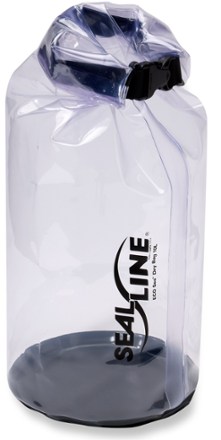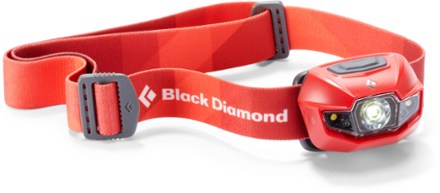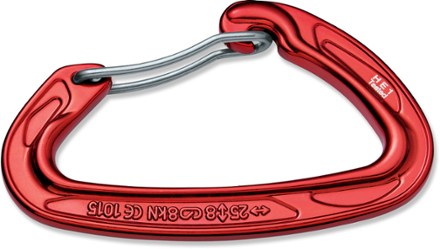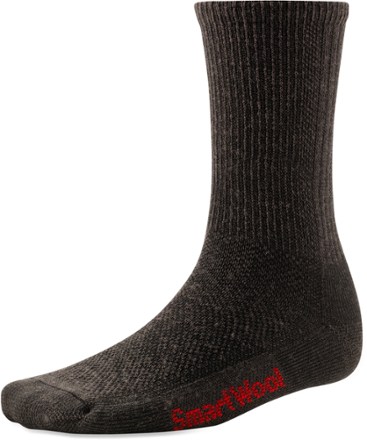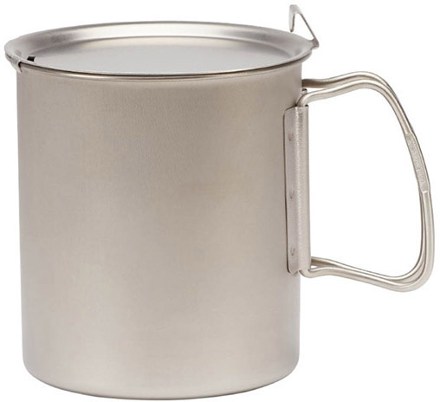Holiday Gift Guide 2015: Affordable Stocking Stuffers to Impress the Wilderness Adventurer on Your List
by Hartley Brody
If you have an outdoor adventurer on your list this year, it can be hard to get them an impressive gift – without breaking the bank.
That’s because a lot of us adventurers are gear junkies. In order to outfit our pursuits, we need gear that’s lightweight but durable, high-performance and cutting edge. We also tend to get attached to the things we already have that fit our needs well. We like to do our own research, sometimes weighing dozens of options before selecting the right piece of gear for ourselves.
All of these factors make us incredibly hard to shop for, if you’re not already familiar with the details of our pursuits. You don’t want to end up giving a $10 Walmart flashlight to someone who already has spent years acquiring the perfect set of flashlights for their needs. You also don’t want to do a ton of research into the ideal backpack only to find out they already have one that they love.
But fear not! In order to make it easier for those out there who have a backcountry adventurer on their list, I made a true gear-lover’s wish list. These items are all great value, relatively cheap ($5-$45) and would make a welcomed addition to anyone’s kit. They’re the kind of thing a person can never have too many of.
Waterproof Stuff Sacks
Waterproof stuff sacks are great for keeping food, clothes and other essentials dry and organized. They usually feature a “roll-top” closure to ensure water doesn’t creep in. Most are in the $15-$30 range, depending on the volume. You generally want to shoot for a size between 5 and 15 liters.
Some nice-to-have extra features:
- get a few in different colors to help even more with organization
- compression straps help ensure puffy loads like clothing and sleeping bags can be cinched down to more easily fit into a bag
- clear walls or panels on the side make it easier to see contents and get to exactly what you need quickly
Recommended Waterproof Stuff Sack
I’ve taken the 10 Liter SealLine Eco-See Dry Bag ($24.95) on nearly every backcountry trip I’ve been on since I was a kid. It’s great for storing food, keeping it dry, and keeping smells away from critters. Plus the clear sides make it easy to find a snack that might have fallen to the bottom of the bag, without having to dump everything out.
Headlamp
A headlamp is essential for hands-free illumination for any after-dark work, like cooking, setting up tents, hanging food bags or simply running to the bathroom in the middle of the night. Even if you have one already, it never hurts to have a spare or an extra one to lend to a friend.
Petzl and Black Diamond are great names, both making very affordable, high quality headlamps. Try to look for the following features:
- bright – 30-50 lumens for camp chores, or 120+ lumens for night hiking
- lightweight – you usually want to shoot for something <6 ounces that doesn’t have a large, unwieldy battery pack
- batteries – most backcountry devices use AAA batteries, so it makes sense to get a headlamp that works with the batteries you are already carrying
- red lights – these allow for quick night-time tasks without ruining your eyes’ natural night vision
Recommended Headlamp
The Black Diamond Spot Headlamp ($31.93) is my go-to illumination tool. It has a super bright 130 lumen primary LED to blaze a trail in the night, as well as dimmable white LEDs for reading after dark, plus red LEDs for running to the bathroom without waking up your tent-mate. It also comes in a number of cool colors to match anyone style and taste.
Carabiners
Carabiners are infinitely usable for tons of backcountry tasks. Whether you’re hanging gear, setting up tarps or hammocks, drying things or just keeping your bag off the ground, carabiners really do it all.
Make sure you look for the following features:
- It should definitely be designed for climbing and holding the weight of a person (rated for >15kN). Don’t make the mistake of getting a dinky “not for climbing” carabiner that someone might accidentally overload.
- It should be lightweight, and non-locking for general-purpose camp tasks. Locking carabiners have specific climbing applications and should be bought by someone who is knowledgeable, with those precise applications in mind.
- Bent gates make it faster to push rope or cord through the gate of the carabiner, using only one hand.
Recommended Carabiner
I recently picked up a few of the Mad Rock Ultralight Bent Wiregate Carabiner ($5.95) and I love them. Rated at 25kn on their major axis, that’s roughly 5000 pounds of force they’re designed to take, more than enough for any camp tasks. Plus, at 32 grams, they’re the lightest carabiners in their category, so they won’t weigh you down.
Wool Hiking Socks
I know it’s a bit corny to recommend socks as a holiday gift, but a good pair of hiking socks are extra valuable for people who spend all day on their feet. Hiking socks tend to be a bit more expensive than the average pair, but having several pairs of fresh, clean hiking socks will keep your feet healthy and avoid blisters that could ruin your trip.
To get the most appropriate socks, make sure you look for:
- A good blend of wool (for durability & cushioning) with spandex (for good fit)
- Reputable brands like Smart Wool, Darn Tough or Fox River
- You want the sock to be a bit taller than the shoe or boot they’ll be wearing. Avoid ankle socks and look for “crew” height for people who wear shoes, and mid-calf height for people who wear boots.
- Get the right level of thickness to balance heat with cushioning. Thick socks may be great in the winter, but cause sweaty feet and blisters in the summer. Get the right “weight” of material based on what kinds of temperatures they’ll be hiking around in them.
Recommended Hiking Socks
The very first pair of hiking socks I ever got were SmartWool Hiking Ultra Light Crew Socks ($12.69) and I still wear that model to this day. They fit well, and provide good cushioning, while also being thin enough to breathe and prevent your foot from overheating.
Titanium Cook Gear
A titanium mug, bowl, pot or spork is a great addition to anyone’s backcountry cook kit. Titanium is an ultralight material but still durable enough for the woods, and cooking over an open flame.
The products themselves are dead-simple and easy to clean. Plus the titanium will ensure it’s lightweight but still really tough.
Recommended Titanium Cook Gear
The Snow Peak Titanium Trek 700 Mug ($44.95) is the one and only piece of cookware I take into the backcountry on every trip. It’s large enough to function as a pot for boiling water or cooking a 2-person meal over the stove, while also being small enough to function as a bowl or mug. Just add a Sea to Summit Alpha Light Spork ($6.95) and your entire cookset can weigh in at just over 5 ounces.
USB Battery Backup
For the adventurer that’s also a techie, make sure they have a durable, lightweight USB battery backup. From reading maps to taking pictures, or even making contact in an emergency, a modern smartphone is an essential piece of ultralight backcountry gear. Until it runs out of battery.
You want to look for a battery backup that has the following features:
- Sturdy, durable construction. Read the reviews and make sure it’s not a cheap piece of plastic.
- Batteries tend to be dense and heavy, so make sure you don’t get anything that’s large or bulky
- 3000-6000mAh to support at least one full phone charge before the battery is depleted
Recommended USB Battery Backup
While I usually keep my phone on “airplane” mode, lower the screen brightness and disable background app refresh to help enhance battery life, sometimes I still need more juice. I always carry the Anker PowerCore+ mini ($9.99) with me for a full extra charge of my iPhone 5. (I also wrap it with a few feet of Gorilla Tape ($8.98) to help keep it protected while also functioning as a handy tape holder.)
This is more than enough juice for 3-4 days out, taking plenty of pictures and reading maps on my phone. Pair it with a 4” charging cable ($7.49) and you can easily throw the battery into your pocket with the phone once the phone starts to run low on juice.
If all else fails, a gift card to a great retailer like REI will suffice. They have a fantastic selection for most outdoor gear categories, and their return policy is one of the most generous in the business, in case your adventurer isn’t 100% satisfied with their purchase.
While I do genuinely use and endorse all of these products, I should point out that all links to products in this post are affiliate links to retailers that I use and trust. This means that I get a small percentage of every sale made through these links, but it doesn’t cost you anything to use them. Thanks for supporting the site!

